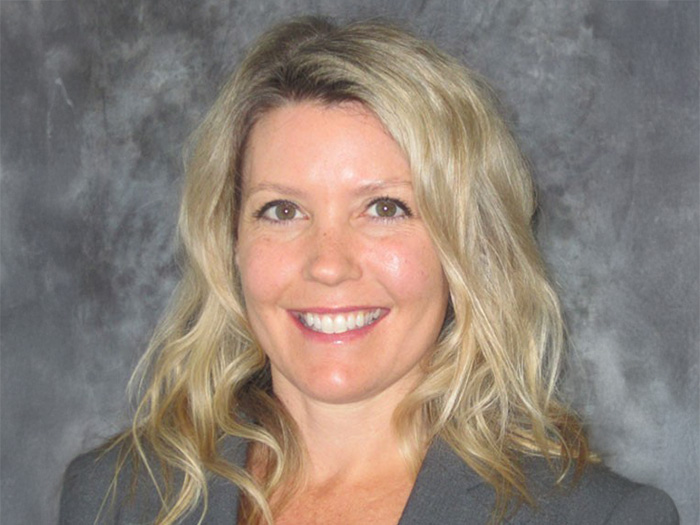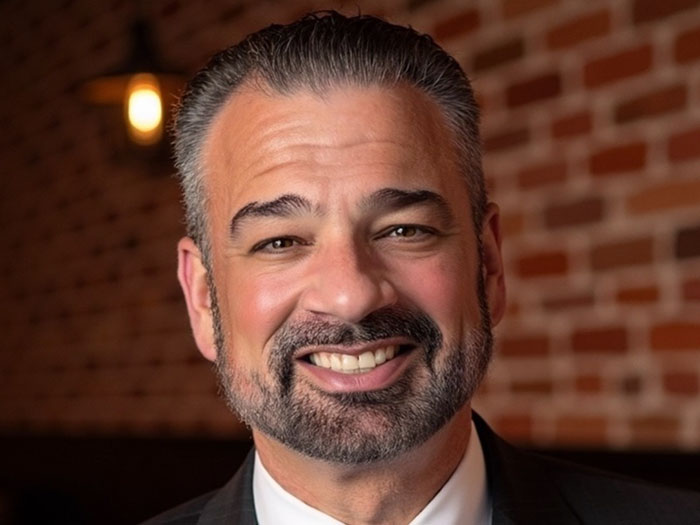Is COVID-19 a Covered Pollution Exposure? What to Look for in Your Policy Language
As we grapple with the human and personal effects of COVID-19, the pandemic is forcing companies to closely examine their corporate insurance programs to determine where, if at all, coverage can provide some relief to the economic losses that COVID-19 will cause.
One of the best places to start is by reviewing your pollution legal liability (PLL) policies, which may have been placed recently, or as long as 10 years ago, but which may provide coverage for some elements of loss related to COVID-19.
One distinction of PLL coverage is that, unlike most property policies, there need not be physical damage to the structure or contents of the building for coverage to apply.
To determine if you have coverage under your PLL program, we have outlined several key terms and conditions to help analyze where coverage may be available:
Is COVID-19 a Release of a Pollutant?
The threshold question is whether COVID-19 (or any virus) is a pollutant and/or pollution condition under PLL policies. The answer is that it will vary by policy form and coverage negotiated.
At first blush it may seem as if a virus would not be not a traditional “pollutant” in the sense that it does not derive from a man-made process that creates a product harmful to human health or the environment.
But historically, PLL policies have taken on many contamination-related exposures that no other policies would cover. As a result, carriers can sometimes take a broad view of what constitutes a “pollutant.”
How Is the Concept of Pollution Addressed in PLL Policies?
Diving into PLL policy language, you must ask two things to determine whether you have coverage for virus-related exposures: (i) does the policy language include a virus as a “pollutant,” and (ii) does transmission of a virus constitute that pollutant’s actual release (or “pollution condition,” as it’s commonly defined).
One example of the definition from a leading PLL carrier reads: “ ‘Pollutants’ means any solid, liquid, gaseous, biological or thermal irritants or contaminants. . .” (emphasis added).
With respect to indoor air quality, the U.S. Environmental Protection Agency (EPA) defines “biological contaminants” to include bacteria and viruses.
Without other language in the policy expressly excluding such bacteria and viruses, the language alone along with its common usage supports a position that includes COVID-19 as a “pollutant.”
However, keep in mind that many policies to not include the term “biological” in their definition of “pollutants” and “pollution condition.” The lack of such language makes it significantly harder to argue that COVID-19 is a “pollutant.”
It’s also notable that a handful of PLL carriers do expressly exclude “communicable diseases,” either from the definition of “pollutant” or from coverage altogether; in either case the insured would be out of luck.
“Pollution condition” is almost universally defined as the “discharge, dispersal, seepage, migration, release or escape of ‘pollutants’. . .” (sometimes with the definition of ‘pollutants embedded within the definition of ‘pollution condition’).
Does the transmission of COVID-19 from one human to another or the viral contamination of a building, vessel, or other property fall under the meaning of a release or escape?
While this does not appear to be the subject of much, if any, case law addressing this, a common-language interpretation of “release” and “escape” would support the argument that transmission of COVID-19 falls within one or both, especially considering the airborne nature of COVID-19.
If COVID-19 Is a Release of a Pollutant, What Could Be Covered?
PLL policies cover many liabilities, including remediation expenses, third-party bodily injury and property damage claims, transportation and disposal-related exposures.
However, for many clients, one of the biggest virus-related exposures to a company’s balance sheet are (i) business interruption at their facilities or (ii) events occurring away from your clients’ property that negatively affects their ability to conduct business on their properties (contingent business interruption).
1) Business Interruption
Business interruption coverage should be negotiated into most PLL policies, although it’s not typically covered as an off-the-shelf coverage.
To the extent you or your client owns or operates a property that must be closed or was in some way limited from operation as a result of COVID-19, a PLL policy could cover resulting loss of business income and extra expenses incurred, during that period of closure or limited activity. Keep in mind a couple of things:
- The business interruption exposure must be site-based. That is, PLL policies would not respond to interruption in a business as a result of its employees contracting COVID-19, whether or not it was contracted on–site. The “release” or “escape” of COVID-19 must have occurred on your property.
- It is imperative that business interruption coverage stand on its own as a coverage grant and not be dependent upon the triggering of other coverage sections, so that if there is an exclusion applicable to, for example, remediation expenses incurred by the insured, that insured would still maintain its business interruption coverage.
2) Contingent Business Interruption
An often-overlooked coverage add-on is what PLL carriers refer to as “contingent business interruption,” but which operates differently than what you might see in a typical property (i.e., non-pollution) policy.
In the PLL context, contingent business interruption operates similarly to business interruption coverage discussed above, except that the pollution condition occurs on another property (i.e., not your covered location).
The coverage varies greatly from carrier to carrier; below are some examples, each with different triggers, requirements, and restrictions:
- Coverage for the suspension of your operations at a covered location as a result of an order by a governmental authority denying access to that covered location (again, because of a release that occurs away from your property).
- Coverage for an interruption of your business operations, if such interruption (i) is mandated by a government agency, (ii) is caused solely by a pollution condition at another location, and (iii) poses an imminent and substantial threat to human health or the environment at your location.
- Coverage for an interruption of your business that results from a pollution condition at another property which (i) occurs after the PLL inception date, (ii) is located within five (5) miles of the covered location, and (iii) did not result from your operations.
Note the difference in geographic limitation in the last example, in which the “release” must occur within five miles of your property. This would preclude, for example, a COVID-19 cluster in another county, state or country that caused you to shut down your own operations. The first two examples have no such limitation.
Schools, day care facilities, shopping malls, recreational facilities are some of many examples of insureds who may have such coverage and for whom contingent business interruption may be applicable – again, so long as they have a PLL policy that contemplates COVID-19 as a “pollution condition.”
What About Other Costs Like Disinfection and Evacuation of Your Property?
The good news is that even if COVID-19 does not fall within the definition of “pollutant” or “pollution condition,” or if it’s separately excluded under a “communicable disease” exclusion, some carriers provide a separate coverage grant for the costs associated with disinfecting and sometimes evacuating a covered location.
One leading health care form provides coverage for:
“Any case or series of cases . . . [a] facility-borne infectious virus, bacteria or disease that requires reporting of such case or series of cases to any local, state or federal governmental or healthcare oversight agency or entity.”
The bad news is that the coverage is limited only to those costs directly for disinfection and/or evacuation (and not, for example, related bodily injury claims); there are only perhaps a half-dozen or so carriers providing this explicit coverage; and such coverage is often subject to a lower limit of liability.
Nevertheless, if you are in the position of having to disinfect, for example, an entire cruise ship because of a COVID-19 outbreak, this coverage can be a much-needed salve to a most unfortunate event.
How Can You Protect Yourself?
If your existing insurance portfolio includes PLL coverage, it should be analyzed in conjunction with your other corporate insurance program to determine what you can do to protect yourself from the economic effects of COVID-19.
If PLL is not part of your current risk management program, you should conduct a top-to-bottom review of your operations to determine if you have exposures and whether those exposures warrant the procurement of a PLL program. &










